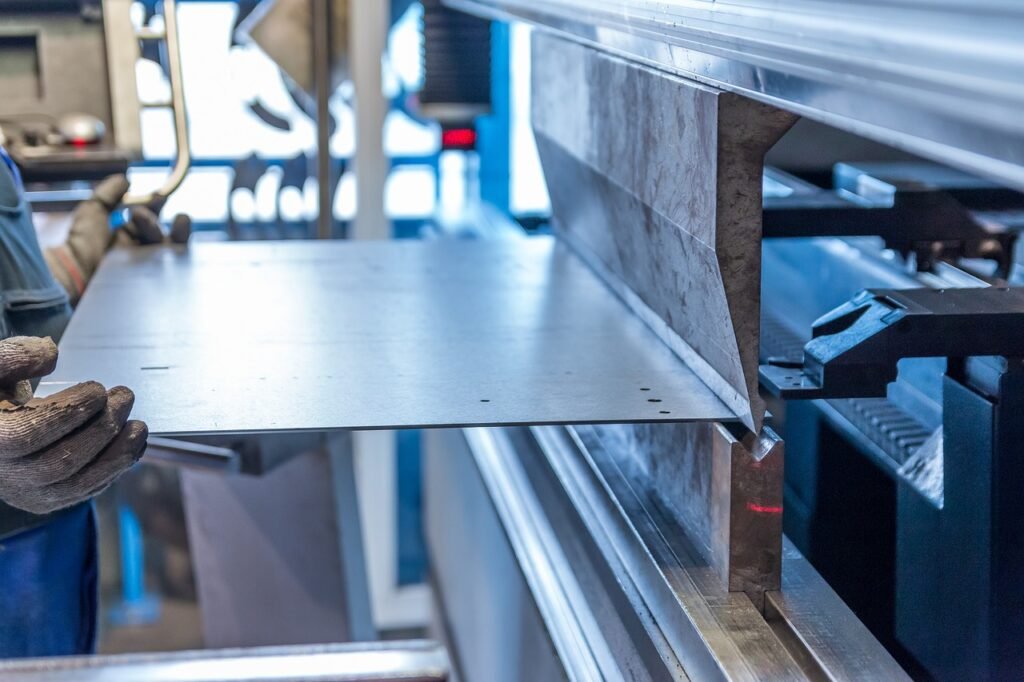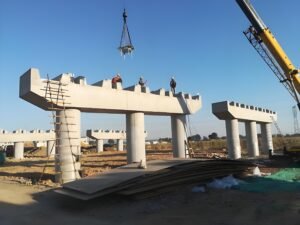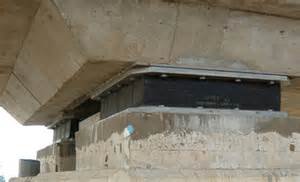
In the sprawling network of bridges that span our landscapes, there exists a crucial yet often overlooked component that plays a vital role in maintaining the structural integrity of these colossal structures: the enigmatic bridge expansion joint. As we traverse these architectural marvels in our daily commutes or scenic road trips, how often do we pause to ponder the intricate mechanisms that allow these behemoths to flex and adapt to the ever-changing conditions of their environment?
Imagine for a moment the symphony of forces at play as heavy vehicles thunder across, temperatures fluctuate, and the ground beneath shifts imperceptibly. It is within this dynamic dance that bridge expansion joints emerge as unsung heroes, absorbing the relentless vibrations and movements that would otherwise spell disaster for these lifelines of connectivity. Today, we embark on a journey of discovery, peeling back the layers of mystery shrouding these essential components to unlock the secrets that lie within the realm of the bridge expansion joint. Align your curiosity as we delve deep into the heart of these engineering marvels, shedding light on what every traveler should know about these silent sentinels of the roadways.
The Role of Bridge Expansion Joints in Structural Integrity
At the core of every bridge’s structural integrity lies the bridge expansion joint. These vital components are designed to accommodate the natural movements and vibrations that occur within a bridge, ensuring its stability and longevity. Without them, bridges would be prone to damage and deterioration, posing a significant risk to both motorists and pedestrians.
Bridge expansion joints serve as flexible connectors between adjacent sections of a bridge, allowing for expansion and contraction caused by temperature variations, traffic loads, and other external factors. They act as buffers, absorbing the stress and strain that would otherwise be transferred directly to the bridge’s superstructure.
One of the primary functions of bridge expansion joints is to prevent the formation of cracks in the concrete or steel components of a bridge. By accommodating movement, they reduce the likelihood of structural damage caused by thermal expansion or contraction. Additionally, these joints help distribute loads evenly across different sections of a bridge, minimizing localized stress concentrations.
Furthermore, bridge expansion joints play a crucial role in ensuring ride quality for motorists. As vehicles traverse a bridge, they generate vibrations that can be transmitted through the structure. Expansion joints help dissipate these vibrations by providing flexibility and damping properties. This not only enhances comfort for road users but also reduces wear and tear on both vehicles and infrastructure.
Types of Bridge Expansion Joints: A Comprehensive Overview
Bridge expansion joints come in various types, each designed to cater to specific requirements based on factors such as anticipated movement range, traffic volume, climate conditions, and budget constraints. Let’s explore some common types:
Dilation Joints:
Dilation joints are among the most commonly used types of expansion joints in bridges. They consist of multiple steel plates or beams separated by elastomeric pads or asphaltic plug joints. These joints allow for both longitudinal and transverse movements, making them suitable for bridges subjected to high traffic volumes and significant temperature variations.
Finger Joints:
Finger joints, also known as comb-type or modular expansion joints, are composed of a series of steel fingers or beams that interlock with each other. This design allows for multidirectional movement while maintaining a watertight seal. Finger joints are often used in bridges where large movements are expected, such as those spanning over rivers or accommodating seismic activity.
Sliding Plate Joints:
Sliding plate joints consist of steel plates that slide against each other to accommodate bridge movements. They are commonly used in bridges with limited movement range and low traffic volumes. Sliding plate joints require regular maintenance to ensure smooth sliding and prevent debris accumulation.
Best Practices for Inspecting and Repairing Bridge Expansion Joints
Maintaining the functionality of bridge expansion joints is crucial to ensure the long-term performance of a bridge. Regular inspections and timely repairs can help identify potential issues before they escalate into more significant problems. Here are some best practices for inspecting and repairing bridge expansion joints:
Visual Inspections:
Regular visual inspections should be conducted to check for signs of damage, such as cracks, corrosion, or displacement. Inspectors should also assess the condition of seals or gaskets to ensure they remain intact and watertight.
Cleaning and Debris Removal:
Debris accumulation can hinder the proper functioning of expansion joints. Regular cleaning should be performed to remove dirt, leaves, debris, or any other obstructions that may impede movement.
Lubrication:
Some types of expansion joints require lubrication to facilitate smooth movement. Lubricants should be applied as per manufacturer recommendations to prevent friction-induced damage.
Seal Replacement:
If seals or gaskets are damaged or deteriorated, they should be promptly replaced to maintain the integrity of the joint and prevent water infiltration.
Importance of Proper Maintenance for Bridge Expansion Joints
Proper maintenance of bridge expansion joints is essential for ensuring their longevity and functionality. Neglecting maintenance can lead to accelerated deterioration, compromised structural integrity, and increased repair costs. Here’s why proper maintenance is crucial:
Prolonged Service Life:
Regular inspections and maintenance can help identify minor issues early on, allowing for timely repairs. This proactive approach extends the service life of bridge expansion joints, reducing the need for premature replacements.
Safety and Reliability:
Well-maintained expansion joints contribute to safer road conditions by minimizing the risk of accidents caused by uneven surfaces or structural failures. They ensure a smooth and comfortable ride for motorists while maintaining the overall reliability of the bridge.
Cost Savings:
Investing in regular maintenance helps avoid costly emergency repairs or extensive rehabilitation projects. By addressing minor issues promptly, bridge owners can save significant expenses in the long run.
In conclusion, understanding the role of bridge expansion joints is crucial for ensuring the safety and longevity of our bridges. By choosing appropriate types, conducting regular inspections, and implementing proper maintenance practices, we can unlock the secrets behind these silent sentinels that play a vital role in maintaining our infrastructure’s structural integrity.



